
Contemporary Art Network
Culture
Routes and Paths
Arte Contemporânea: um roteiro pelo Norte de Portugal
"It is in art that man definitively surpasses himself"
Simone de Beauvoir
With the aim of promoting the decentralization of culture, so that more people can have access to the arts, the Portuguese Contemporary Art Network (RPAC) was established in 2021. It includes various entities spread across the territory, whose mission is to value and invigorate contemporary Portuguese art.
We prepared an itinerary so you can plan a cultural expedition and discover the best that Porto and the North of Portugal have to offer in terms of contemporary art.
From Serralves to Cerveira, the Portuguese Contemporary Art Network is present in the North in various ways. Join us on this journey to explore all the spaces.
1. Cerveira Biennial Museum
Awarded the title of "Best Portuguese Museum of 2019" by the Portuguese Association of Museology, the Cerveira Biennial Museum was inaugurated in 2002 and has been managed by the Cerveira Biennial Art Foundation since 2011.
Don't miss the Vila Nova de Cerveira collection, which represents the evolution of Portuguese and international modern and contemporary art over the past four decades. It features more than 700 works of art, primarily the result of awards won during the International Art Biennials of Cerveira and donations from artists.
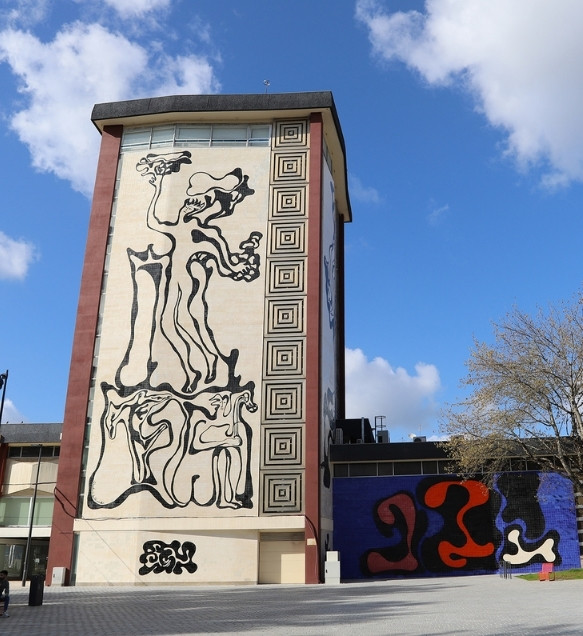
2. Cupertino de Miranda Foundation
In 1972, the Museum of the Cupertino de Miranda Foundation was inaugurated in Vila Nova de Famalicão with the collective exhibition of the 1st National New Artists Biennial, whose mission was to support Portuguese art and enrich the collection. Over time, the collection has specialized in surrealism and now includes more than 3000 works.
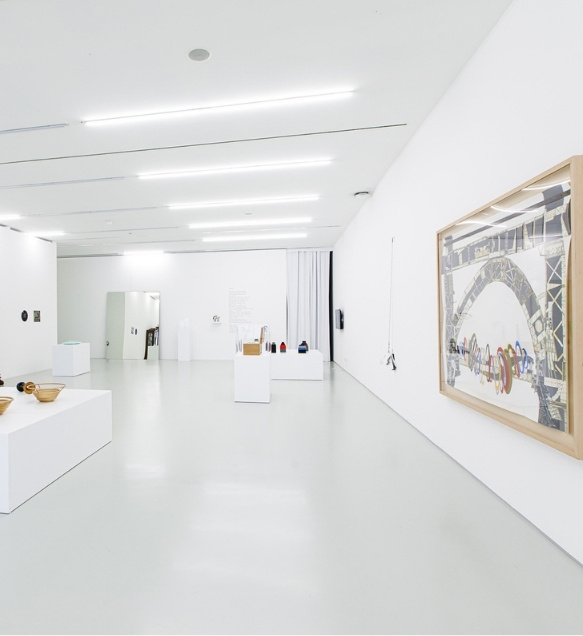
3. Forum Arte Braga
Founded in 2018, this contemporary art gallery showcases both Portuguese and international artists, with a program based on conceptualism, intellectual rigor, and a concern for the future.
4. gnration
The cultural programming of this space in Braga includes performative, exhibition, and educational activities. It is based on two fundamental pillars, which operate independently or in conjunction: contemporary music and the relationship between art and technology.
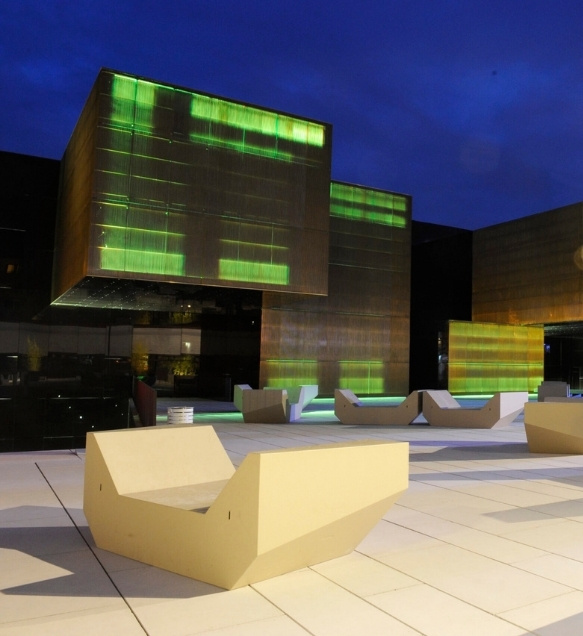
5. José De Guimarães International Arts Centre
The cultural project of the José de Guimarães International Arts Center is based on the artist's collection, which includes African art, pre-Columbian art, ancient Chinese art, and a representative selection of his own work. Don't miss reading the Manifesto of Disturbing Art, written by José de Guimarães.
6. Center for Art and Architecture Affairs (CAAA)
The CAAA is a non-profit cultural institution that aims to promote the interaction between architecture and various artistic expressions (visual arts, design, cinema, literature, multimedia, and performing arts).
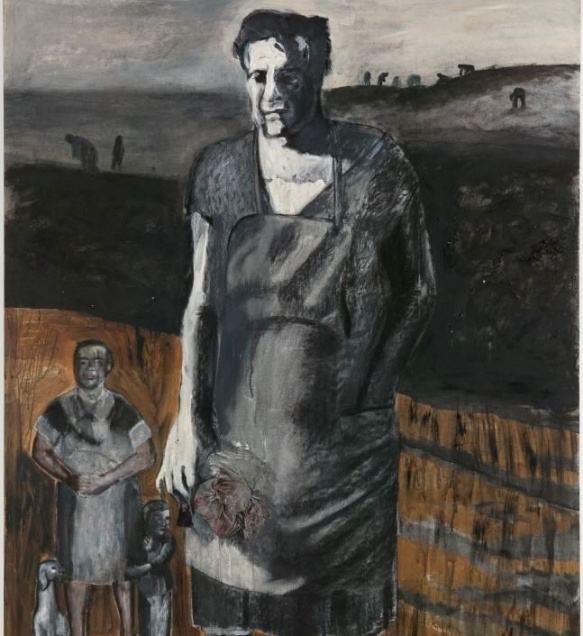
7. Graça Morais Contemporary Art Center
The Graça Morais Contemporary Art Center, inaugurated in 2008, is an architectural project designed by Eduardo Souto Moura, the 2011 Pritzker Prize winner. The project was based on the restoration and expansion of the Sá Vargas manor house (17th century), located in the historic center of Bragança.
The mission of this Art Center is to promote contemporary art, both national and international, and particularly the work of the painter Graça Morais. The collection also includes works by various contemporary Portuguese artists such as António Dacosta, André Gomes, Gerardo Burmester, Filipe Marques, João Cutileiro, João Francisco, Julião Sarmento, João Louro, João Jacinto, Paula Rego, Pedro Calapez, Pedro Tudela, and Silvestre Pestana, as well as international artists like Dvora Morag, Fernando Sinaga, Jorge Perianes, Magdalena Kleszynska, Santiago Ydáñez, Sebastião Salgado, and Zadok Ben-David.
8. Macedo de Cavaleiros Cultural Center
The Macedo de Cavaleiros Cultural Center, inaugurated in December 2005, hosts a program of music performances, theater, and temporary exhibitions featuring the most renowned national and international artists.
Given this dynamic, there was a need to create an artistic project with international reach. The Trás-os-Montes Contemporary Art Biennial has established itself as a space for contemporary artistic creation and reflection.
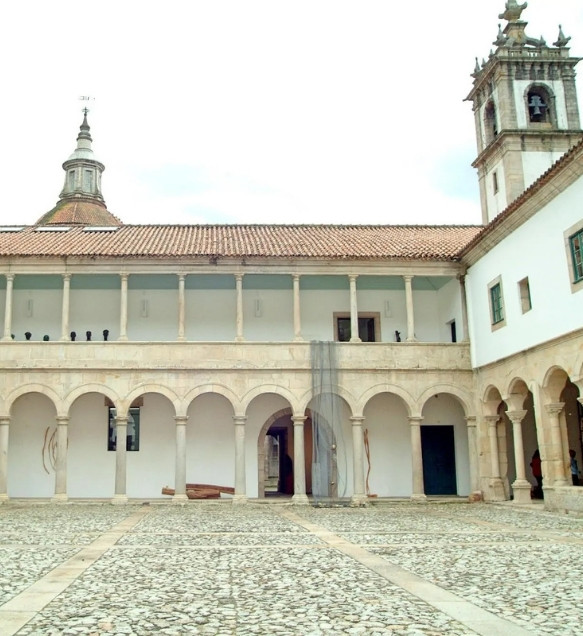
9. Municipal Museum Amadeo de Souza-Cardoso
Housed in the Dominican Convent of São Gonçalo (16th century) in Amarante, it opened its doors in 1947 following an intervention project led by architect Alcino Soutinho. Its mission was to gather materials related to local history and commemorate artists and writers born in Amarante, such as António Carneiro, Amadeo de Souza-Cardoso, Acácio Lino, Manuel Monterroso, Paulino António Cabral, Teixeira de Pascoaes, Augusto Casimiro, Alfredo Brochado, Ilídio Sardoeira, Agustina Bessa Luís, and Alexandre Pinheiro Torres.
Today, its primary focus is on Modern and Contemporary Portuguese Art, particularly painting and sculpture.
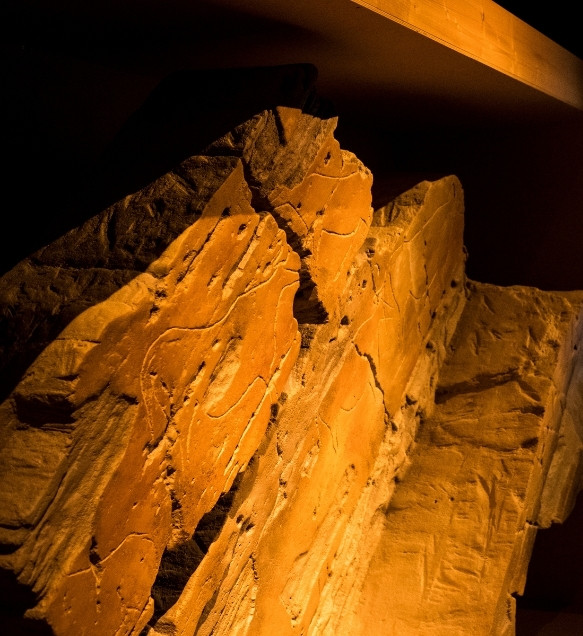
10. Côa Museum
The design of the building housing the Côa Museum, inaugurated in 2010, stemmed from the idea that "paleolithic art in the Côa Valley is perhaps the first manifestation of Land Art".
As one of the largest museums in Portugal, its mission is to safeguard, conserve, research, and promote the Art of Côa and the other heritage assets of the Côa Valley.
Get your entry now – book your tickets online
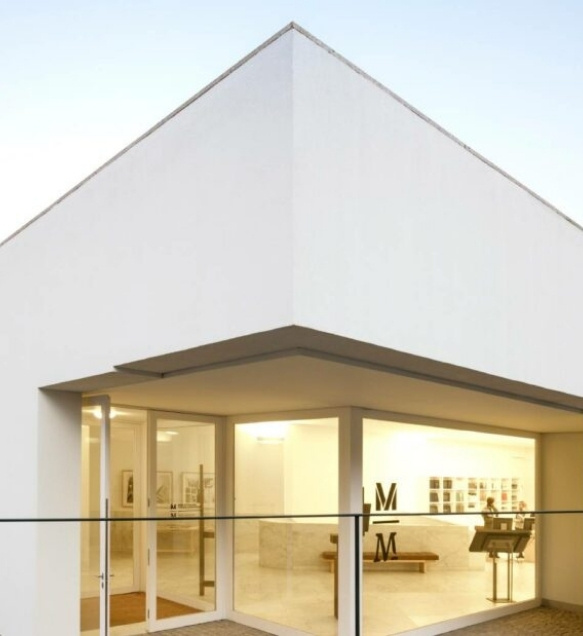
11. International Museum of Contemporary Sculpture
The International Museum of Contemporary Sculpture in Santo Tirso is already a reference in the international artistic landscape, featuring more than 50 artistic works spread across the city's spaces and gardens.
The architectural project, which focused on the monastery housing the museum, was undertaken by the renowned Portuguese architects Siza Vieira and Souto Moura.
12. Casa do Design (House of Design)
Inaugurated on June 30, 2016, it was born from a partnership between the Matosinhos City Council and esad—idea, Research in Design and Art. It is housed in the Matosinhos town hall building, designed by architect Alcino Soutinho in 1987, a project that marked a significant milestone in modern Portuguese architecture.
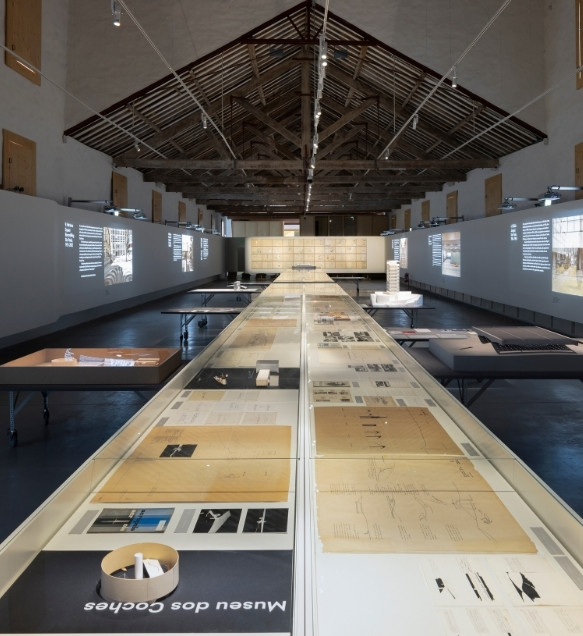
13. Casa da Arquitectura – Portuguese Centre for Architecture
Created in 2007, the Casa da Arquitectura in Matosinhos is a non-profit entity located in the Real Vinícola quarter. It has been establishing itself in the creation and programming of content and archives for the national and international promotion of architecture to society.
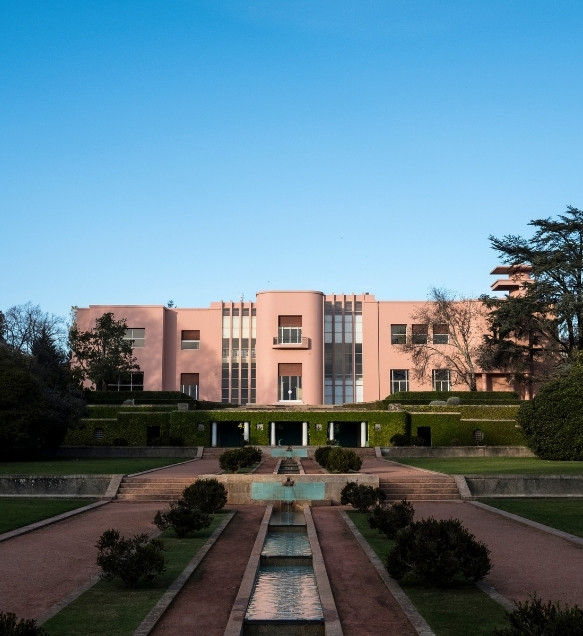
14. Serralves Foundation
The Serralves House is a unique example of Art Deco architecture, having undergone interventions by Marques da Silva, Charles Siclis, Jacques Émile Ruhlmann, René Lalique, and Edgar Brandt. The Serralves collection currently includes 4,200 works, with more than 2,100 owned by the Foundation and the rest from various private and public collections.
The Serralves Museum, an architectural project by Álvaro Siza, is seamlessly integrated into the urban surroundings and the spaces of the gardens, the Park, and the Serralves House.
The Casa do Cinema Manoel de Oliveira, also designed by Álvaro Siza and integrated into the Serralves Foundation, is a new reference point in the realm of cinema and moving images.
Don't miss visiting the Serralves Park, 18 hectares of gardens, woodlands, and a traditional farm, designed by architect Jacques Gréber in the 1930s.
Get your entry now – book your tickets online
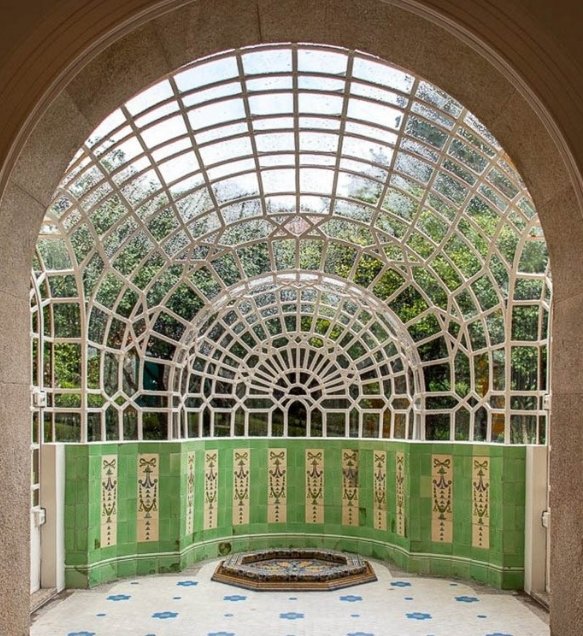
15. Casa de São Roque
The history of Casa São Roque (formerly Casa Ramos Pinto) dates back to 1759. It was part of the Quinta da Lameira and served as a mansion and hunting pavilion, a common setting for the bourgeoisie and noble families of Porto. Today, it is a superb example of houses from that era, thanks to its architectural and decorative features, while its winter garden is a must-see location.
In October 2019, it was transformed into a new art center, now hosting contemporary art exhibitions and cultural events.
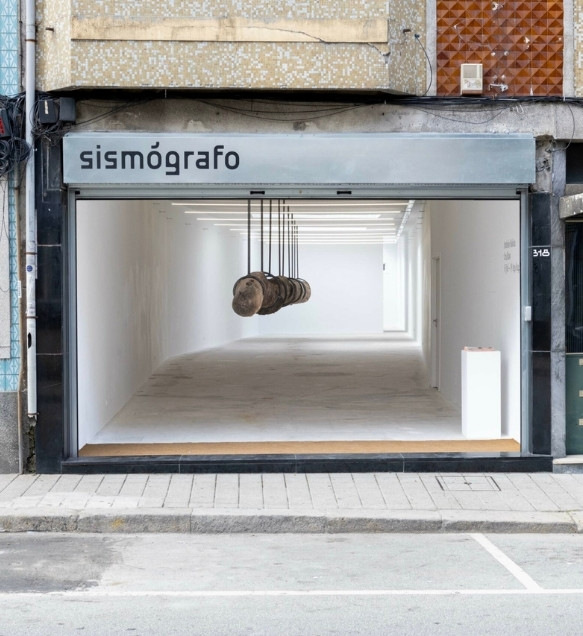
16. Sismógrafo
Since 2014, Sismógrafo has produced hundreds of public activities, including notable visual arts exhibitions, performances and initiatives related to experimental music, literature and thought.
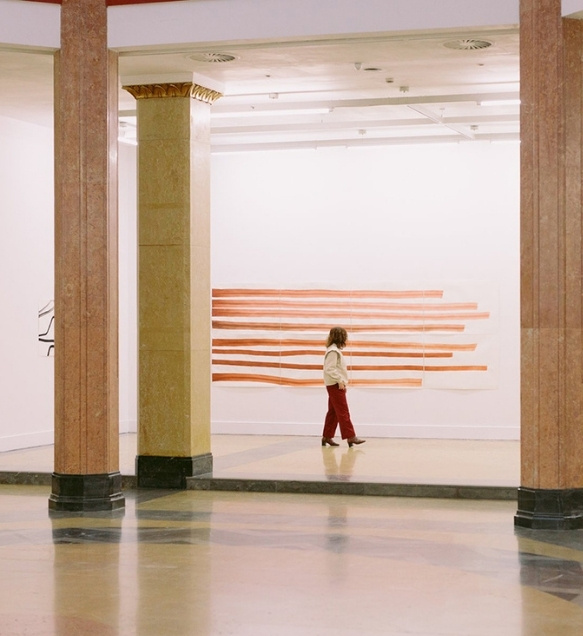
17. Culturgest
Culturgest has a regular program of contemporary art exhibitions, featuring notable exhibition cycles produced in partnership with the Fidelidade Arte space in Lisbon.
It is also responsible for managing and conserving the Caixa Geral de Depósitos Collection, promoting its dissemination and circulation throughout the country in numerous exhibitions and publications.
18. Marques da Silva Foundation
FIMS is dedicated to the scientific, cultural, educational and artistic promotion, specifically the classification, preservation, conservation, research, study and dissemination of the artistic and architectural heritage of architect José Marques da Silva. It also focuses on the literary, artistic, architectural and urbanistic legacy of architects Maria José Marques da Silva Martins and David Moreira da Silva.
19. Maia Forum
Inaugurated on June 1, 1991, the Maia Forum aims to provide the community with an inclusive, diverse and accessible cultural offering.
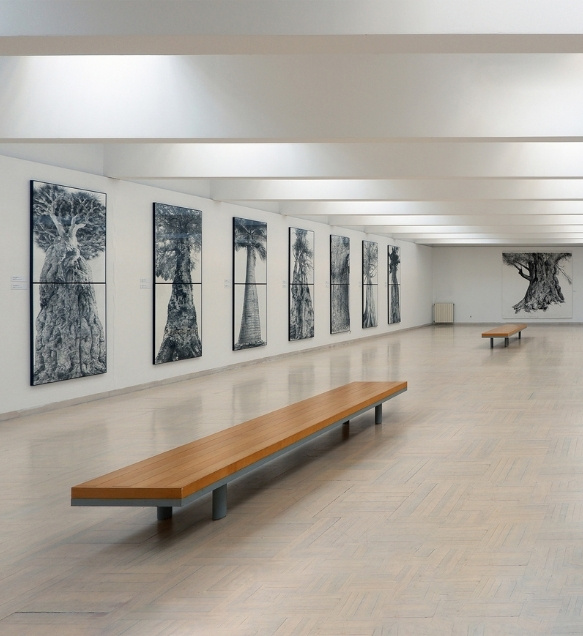
20. Lugar do Desenho - Fundação Júlio Resende
Founded in 1997 next to the artist's house-studio in Gondomar, it aims to preserve and promote Júlio Resende's collection and to foster cultural and educational activities.
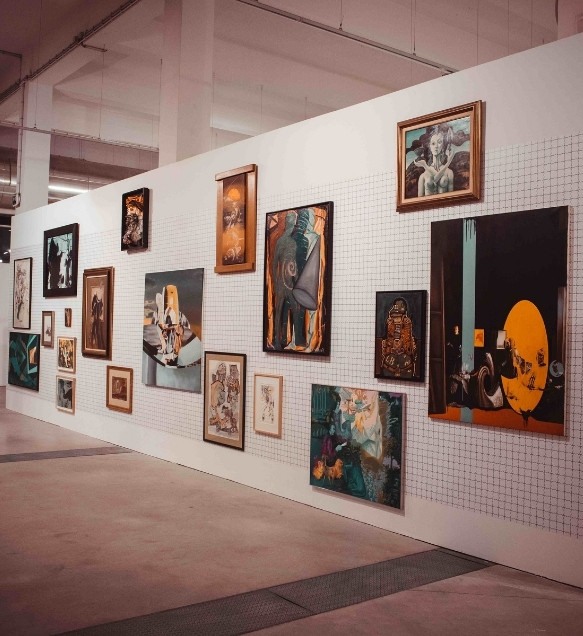
21. Oliva Art Center
The Oliva Art Center was established in the former facilities of the now-closed metalworks and factory Oliva in S. João da Madeira, as a space for engaging with, understanding, and interpreting 20th and 21st-century visual arts. It is the only institution in the country to work regularly with contemporary art and art brut/outsider art.
It houses the Norlinda and José Lima Collection of Modern and Contemporary Art, which includes around 1,200 artworks by 250 Portuguese and international artists. Additionally, it holds the Treger/Saint Silvestre Collection of Art Brut/Outsider Art, featuring approximately 1,500 works by over 300 authors from various European, African, American and Asian nationalities.
Art galleries in the North: 10 suggestions
- The Galeria Municipal do Porto offers a regular program of exhibitions and initiatives dedicated to contemporary art, also developing projects that connect art with design and architecture.
- The Galeria Julio | Centro de Estudos Julio – Saúl Dias in Vila do Conde is dedicated to promoting, studying, researching, and preserving the work of the modernist artist.
- The MIRA Galleries were established in 2013 and occupy three of the eleven warehouses formerly used by the Portuguese Railways (CP) in Porto. Photographers Manuela Matos Monteiro and João Lafuente dedicated these spaces to the MIRA FORUM Gallery and Espaço MIRA.
- Solar – Cinematic Art Gallery in Vila do Conde aims to give visibility to contemporary artistic works that occupy a border territory, somewhere at the intersection of cinema and other arts.
- The Fernando Santos Gallery was established in 1993 in Porto, becoming the first gallery to be set up on Rua Miguel Bombarda, known as the cultural artery of the city.
- The Nuno Centeno Gallery, in Porto, was founded in 2007 and has gained a reputation over the years for its focus on emerging artists, both national and international. In 2016, Nuno Centeno was included by Artnet in the list of the "10 most respected art gallerists in Europe".
- The Lehmann + Silva Gallery (Porto) is dedicated to promoting contemporary Portuguese artists on the international art scene, as well as representing and exhibiting international artists in Portugal and abroad.
- The Pedro Oliveira Gallery, located in the historic center of Porto, represents a select group of Portuguese and international artists and focuses on contemporary art, particularly conceptual works.
- The Quadrado Azul Gallery is one of the oldest in Porto and takes its name from the well-known work "K4 O Quadrado Azul" by Almada Negreiros and Amadeo de Souza Cardoso. From the beginning, it distinguished itself by introducing new artists while regularly exhibiting works by already established ones.
- Kubikgallery emerged in 2010 as a space for artistic promotion, primarily aiming to represent Portuguese and foreign artists both in Portugal and abroad through successive participations in international art fairs. With its unique space, it enables various forms of curation, practices and concepts.
Support for art in Porto: 16 artist residencies
- Circolando / Crl – Central Elétrica
- Sekoia
- A Leste
- A Turma
- Pedreira
- Coliseu Porto Ageas
- DE LICEIRAS 18
- School of Arts of the Universidade Católica Portuguesa
- Instituto
- KUBIKGALLERY
- Mala Voadora
- Maus Hábitos
- MIRA
- Performing the Archive
- Rua do Sol
- Sonoscopia
Also, check out the available Municipal Studios.